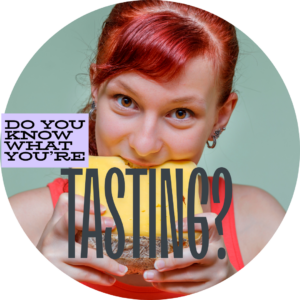The Wine
Your wine is a medium or off-dry Riesling.
| Body | Medium bodied through acidity and sweetness |
| Grape flavours | Lemon, lime, and sometimes green apple and orange. Stone fruit such as peach, apricot, and nectarine Floral aromas such as jasmine and honeysuckle Potential for minerality |
| Aged flavours | Petrol or Kerosene (characteristic of aged Riesling) Honey Almonds or hazelnuts Dried apricot or fig White pepper or ginger |
More about the Wine
It’s old: The history of Riesling can be traced back to the Rhine region of Germany, believed to date to Roman times two thousand years ago. Riesling went onto flourish particularly along the banks of the Rhine and Mosel rivers, finding favour among nobility and monastic orders who cultivated vineyards.
Riesling is famous for the quality of its sweet wines. Late-harvest Rieslings become affected by botrytis cinerea (noble rot), created luscious and intensely sweet wines that have gained worldwide recognition. Winemakers have since adapted to consumer demands for drier styles which show the grape’s versatility.
Aging: Riesling as a white wine can age beautifully, developing flavours over time as diverse as mushroom, baked apple, ginger and dried fruits that rank it amongst the worlds great grapes.
Global Spread: Riesling’s influence extended beyond Europe. It found success in other parts of the world, including Australia, New Zealand, the United States, and Canada. Each region adapted Riesling to its climate and terroir, producing a diverse range of styles.
Coming to America
In the 18th century European grapevines, including Riesling, were first brought to North America by early European settlers, but the quality and success of the wines varied widely. German immigrants in the 19th century settled in regions like the Hudson Valley in New York and along the Ohio River in states like Ohio and Missouri. They established vineyards and began producing Riesling wines, gaining recognition and awards, but began to fall in production and popularity.
Riesling experienced a revival in the United States starting in the 1970s, partly fueled by interest in Riesling’s ability to thrive in cool-climate regions. Wineries in states like Washington, Oregon, and the Finger Lakes region of New York began planting Riesling vineyards and producing high-quality wines. These wines covered a spectrum of styles, from bone-dry to sweet, catering to a wide range of consumer preferences.
More detailed tasting notes
Riesling is a grape that can deliver a wide range of levels of sweetness, all styles with great potential for quality. I.e. read the label to know what you getting!
Body:
- Medium Body: Riesling typically falls in the middle of the spectrum between light and full-bodied wines.
Grape Flavours:
- Citrus: Riesling often exhibits notes of lemon, lime, and sometimes green apple and orange.
- Stone Fruits: Riesling can also display stone fruits like peach, apricot, and nectarine, giving a ripeness to the wine.
- Floral: Floral aromas and flavours, such as jasmine, white flowers and honeysuckle, are common.
- Mineral: There is potential for minerality, depending on where the grapes are grown
Secondary Fermentation Flavours:
- Riesling is not typically subjected to malolactic fermentation, oak or yeast exposure
Aged Flavours:
Riesling is often aged in the bottle.
- Petrol or Kerosene: A hallmark of aged Riesling, especially from regions like Germany, is the development of petrol or kerosene notes. This sounds off putting, and often individual notes in cheese and wine can be weird (baby sick is a common cheese note in parmesan!) but it does make sense in the context of Riesling.
- Honey: Aged Rieslings can acquire honeyed notes, contributing to a luscious and sweet impression on the palate.
- Nuts: Tertiary flavours of nuts, such as almonds or hazelnuts, may emerge in mature Rieslings.
- Dried Fruits: You might encounter hints of dried fruits like dried apricot or fig, which further enhance the wine’s complexity with their concentrated sweetness.
- Spice: Aged Rieslings can sometimes exhibit subtle spice notes, such as hints of ginger or white pepper.


